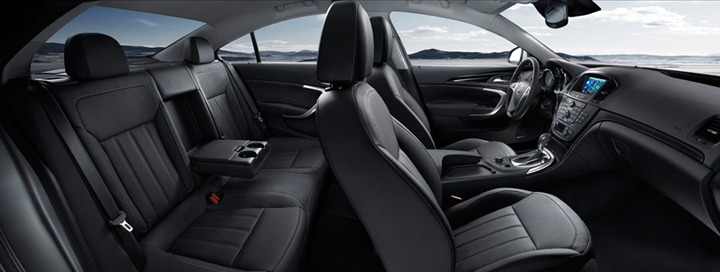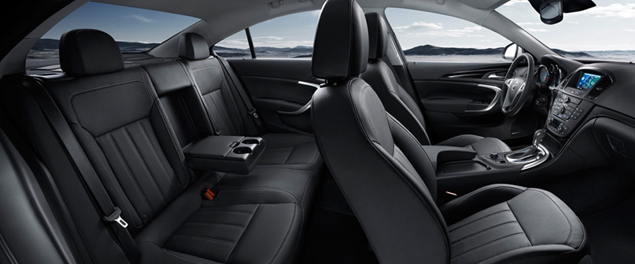
I can only imagine the challenges facing the people who pick out interior trim for new cars. There’s cost, durability, and, of course, appearance issues—and probably a million other things to take into account, too. And don’t forget that what looks great to some people will look lousy to others.
Variety is always good, since everything can’t be matte black, silver, or wood grain. A few unexpected choices stick out in my mind as very interesting. The matte pearl blue accents in a 2010 Ford Fusion Sport looked great to my eyes, as did the braided stainless steel trim in an Audi S5. The Audi was borderline spectacular, actually.
Cloth vs. Leather: Which Is Best for You?
Real wood almost always looks good, and it can be fabulous—like the solid cherry trim in a Range Rover that we test drove. But when wood has certain graining or is finished in an odd color, as in a Lexus ES350 I’ve driven, there are few things worse. Most fake wood looks pretty good these days, though; it’s not the ’70s anymore.
Silver trim can be hit or miss. Satin plating usually looks fantastic, but matte silver paint almost always looks like somebody sprayed the dashboard with a can of Rust-Oleum. Have you seen the interior of a Toyota Matrix? Not good. The same goes for metallic gray.
But the one thing I really don’t understand is the recent fascination with piano black. I assume by the name that this finish is meant to look like the high-gloss black seen on some, umm, pianos. The last four cars I’ve owned have been black, so I guess high-gloss black trim could look good in an interior.
However, I haven’t seen piano-black trim that looks good to me. The examples I remember best were in a Ford Taurus SHO and various Buick Regals. The piano-black trim in those cars does not look high-end, or even close to it in my eyes. It looks like plain black plastic that’s sort of shiny. In the Buicks, it looks like it was molded in ABS; that material has a tendency for the final color to look milky. Painted parts might look better, but that would add cost and might result in an “orange-peel” finish that could look even worse than bare plastic.
Especially in a Regal, the black trim is lost in the all-black interior, and its smooth surface just looks bland. Maybe true high-gloss would provide more contrast, but then I’d think it would show every fingerprint and every scratch. I suppose in a light gray interior the high-gloss could pop. I’ll believe it when I see it.
Still, there must be some people who like this effect, since some German luxury brands offer piano-black options at prices north of $1,500.



